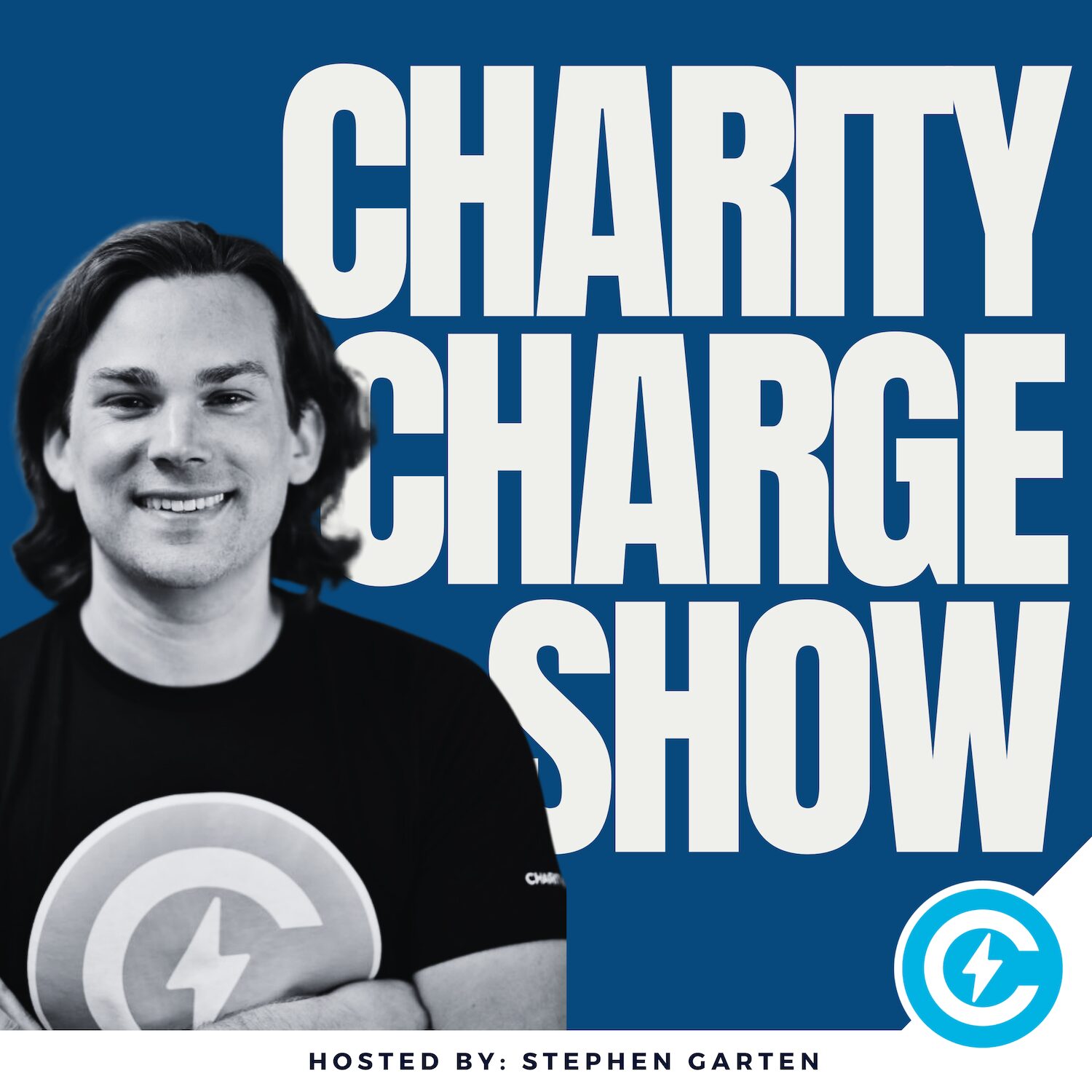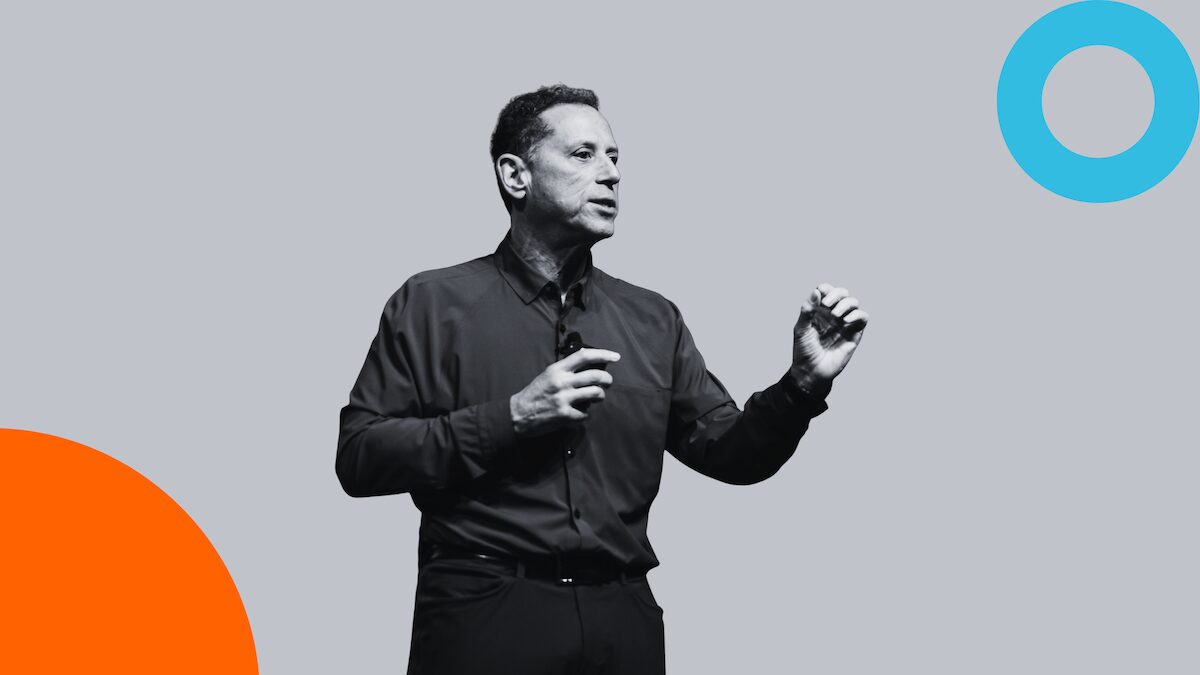In the world of nonprofit organizations, email marketing is a formidable tool for achieving fundraising goals. The key is to not just send emails, but to craft a strategy that resonates with donors, nurtures relationships, and, most importantly, encourages support.
If you’re a nonprofit marketer, a fundraising professional, or a nonprofit leader looking to maximize the potential of your campaigns, here are some actionable steps to elevate your email marketing efforts and boost nonprofit fundraising success.
1. Build an Engaging Email List – Top Priority for Email Marketing
Your email list is the cornerstone of your nonprofit’s email fundraising efforts. Without a solid foundation, the campaign’s potential to engage donors is significantly diminished. Here’s how to start strong:
- Segment Your List Strategically: Donors have different passions and capacity to give. Segregate your list based on past interactions, interests, and donation history. This ensures that recipients receive content that’s relevant to them, increasing the chances of them taking action.
- Optimize Subscription Points: Make it easy for website visitors and event attendees to subscribe to your emails. Embed subscription forms in numerous touch points to capture as many interested parties as possible.
- Retention Strategies: Leverage surveys, polls, and feedback forms in your email marketing to understand your audience better. Provide value in your emails to keep your audience engaged and prevent unsubscribes.
2. Craft Compelling Email Content
The pivoting factor between an opened email and an ignored one is often the content. Make sure your emails are impossible to bypass by following these tips:
- Personalize Each Email: Address your donors by name, acknowledge their previous contributions, and tailor your asks based on their history with your organization. Personalization shows that you value their support.
- Tell Stories: People connect with narratives. Share personal stories of those impacted by your nonprofit’s work. These stories create an emotional response and a deeper connection with the cause, prompting action.
- Keep it Concise: Donors are busy. Cut to the chase with your story and make your donation ask clear and easy to understand. Link directly to your donation page to reduce the barrier to giving.
3. Implement Effective Call-to-Actions
A strong call-to-action (CTA) in your email is crucial. It guides your reader on the next step to support your cause. Here’s how to make your CTAs stand out:
- Use Action-Oriented Language: Your CTA should inspire action. Use verbs that clearly indicate what you want the donor to do, such as “Donate Now,” “Take Action,” or “Make a Difference.”
- Create a Sense of Urgency: Whether it’s an upcoming campaign deadline or an appeal for critical funds, convey a sense of urgency to prompt immediate action.
- Offer Multiple Paths to Contribute: Not all supporters are ready to make a monetary donation. Offer options like volunteering, attending events, or sharing your campaign on social media to accommodate varied interests.
4. Utilize Automation and Drip Campaigns
Automating your email marketing can save time, reach donors at the right time, and ensure a seamless experience. Here’s how to make the most of automation:
- Welcome Series: Automate a series of emails to welcome new subscribers and introduce them to your nonprofit’s mission and work. Include calls-to-action to engage them early on.
- Thank You and Acknowledgment: Use automation to send immediate thank you emails after a donation. Follow up with updates on the impact of their gift to foster a sense of belonging and keep them engaged.
- Drip Campaigns: Set up campaigns that send a series of emails, each building on the last, with the goal of moving the donor through the engagement funnel. These can be triggered by specific actions or time intervals.
5. Analyze and Optimize Campaigns
Data is your ally in the world of email marketing. Monitor your campaign’s performance and apply the insights to continually improve. Here’s how to get started:
- Track Key Metrics: Open rates, click-through rates, and conversion rates provide valuable insights into what’s working and what isn’t. Use this data to refine your strategies.
- A/B Testing: Test different email elements, such as subject lines, images, and CTAs, to see which ones resonate with your audience. Use the winning elements to optimize future campaigns.
- Donor Surveys: Gain direct feedback from your audience about the effectiveness of your email marketing. Use their input to improve the overall experience.
[blogLeadIframe formurl=”https://go.charitycharge.com/l/888623/2024-05-10/3nvzyn” headertext=”Get our checklist of the best free nonprofit tools of 2024 sent directly to your inbox”]
6. Optimize Email Design
When it comes to email marketing, well-designed email not only looks professional but also enhances readability and usability. To optimize your email design, consider the following tips:
- Use a Clean Layout: Avoid clutter by using a clean and simple layout. This enables recipients to easily navigate through your email, ensuring your messages and CTAs are clear.
- Mobile Optimization: Many donors check email on their phones. Ensure your emails are mobile-friendly, with clear fonts, easy-to-click buttons, and responsive design.
- Use Images Wisely: Images can evoke emotions and tell stories effectively. However, make sure they’re relevant, high-quality, and not too heavy to load.
7. Leverage the Power of Social Proof
Social proof can influence potential donors. Incorporating elements of social proof in your email marketing can significantly boost your fundraising:
- Testimonials: Share testimonials from donors or beneficiaries. This can inspire confidence in the impact of your organization.
- Impact Statistics: Showcase numbers and facts about the impact of donations. This gives a tangible sense of how a donor’s contribution can make a difference.
- Recognition: Highlight donors, volunteers, or employees who have contributed significantly to your cause, creating a sense of community and aspirational role models.
8. Send Regular Updates
Regular communication helps to keep your nonprofit top of mind for donors:
- Newsletters: Monthly or quarterly newsletters are a great way to update your donors about ongoing programs and impacts.
- Project Updates: If a donor has contributed to a specific project, send them regular updates about the progress and impact of that project.
- Event Invitations: Invite donors to upcoming events, webinars, or fundraising drives.
9. Develop a Re-engagement Strategy
Inactive subscribers can still be potential donors. Implement a strategy to re-engage them:
- Check-in Emails: Send a personalized email to check in with inactive subscribers, showing that you value their engagement.
- Re-engagement Campaigns: Develop a specific campaign to re-engage inactive subscribers, such as exclusive content or a special invitation.
- Survey: Ask inactive subscribers for feedback about why they have disengaged and what would improve their experience.
10. Foster a Sense of Community
Donors like to feel part of a bigger mission. Fostering a sense of community in your email marketing can encourage donors to contribute more:
- Exclusive Content: Offer exclusive content, such as behind-the-scenes insights, to your email subscribers, creating a sense of belonging.
- Donor Spotlights: Regularly feature donor stories or interviews on your podcast or blog. We do it here.
- Community Events: Host community events or exclusive webinars and invite all your email subscribers.
In conclusion, email marketing is not only a powerful tool for communication but also a significant driver of nonprofit fundraising success.
By building an engaging email list, creating compelling content, implementing effective CTAs, utilizing automation, and consistently analyzing and optimizing your campaigns, you can increase donor engagement and, ultimately, boost your nonprofit’s fundraising efforts. It’s time to leverage the full potential of email marketing to reach your fundraising goals and make a lasting impact.


















